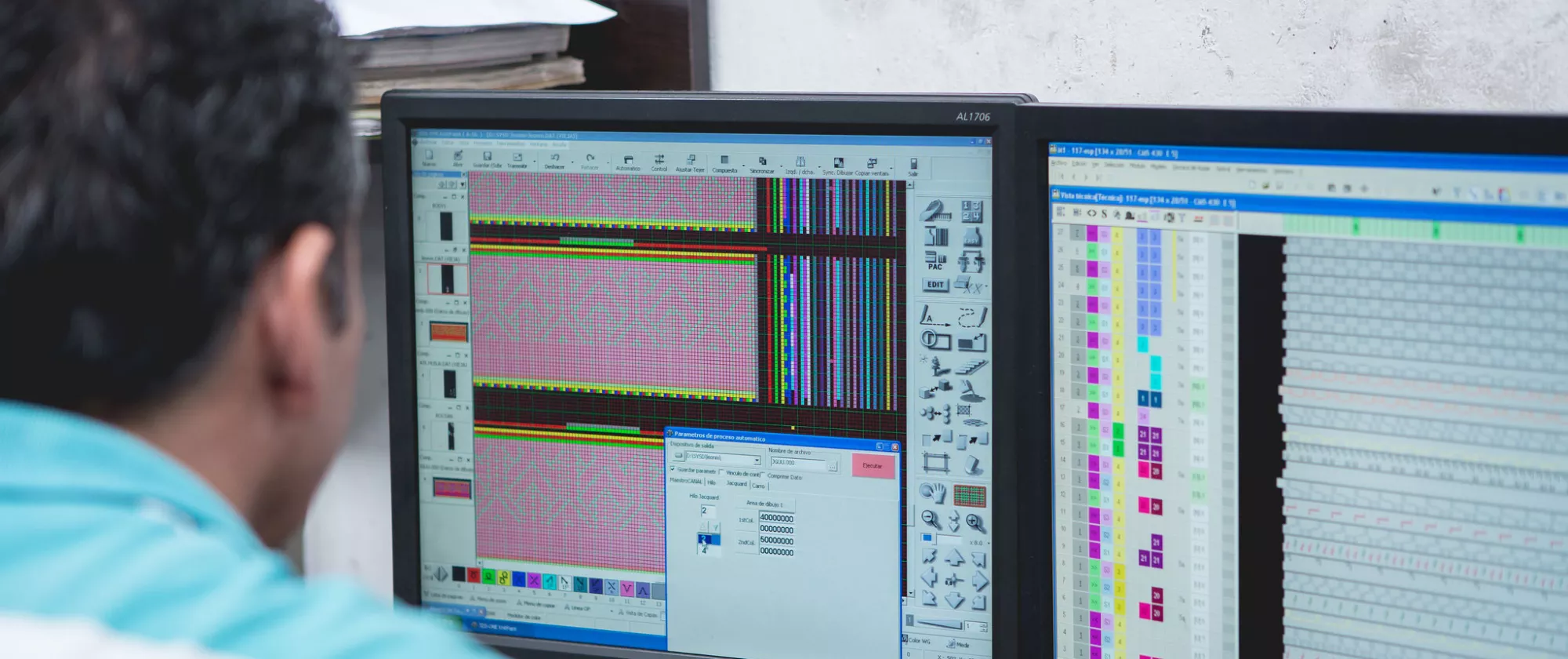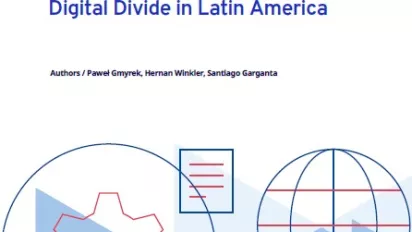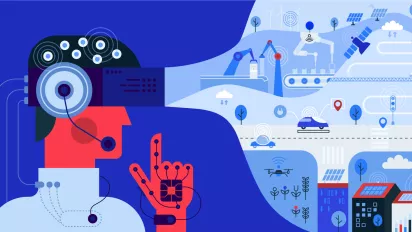
Generative AI could transform millions of jobs in Latin America and the Caribbean but digital divide poses challenges
Up to half of the jobs in the region for which GenAI could improve productivity – some 17 million – are hindered by gaps in digital access and infrastructure, according to a new ILO and World Bank study.
31 July 2024
GENEVA (ILO News) – Generative Artificial Intelligence (GenAI) could significantly transform jobs and boost productivity in Latin America and the Caribbean, but existing digital infrastructure gaps may hinder its potential benefits, according to a new research paper from the International Labour Organization (ILO) and the World Bank.
The research, Buffer or Bottleneck? Employment Exposure to Generative AI and the Digital Divide in Latin America, finds that between 26 per cent and 38 per cent of jobs in the region could be influenced by GenAI. However, the technology is more likely to augment and transform jobs rather than fully automate them. Specifically, 8 per cent to 14 per cent of jobs could see productivity improvements through GenAI, while only 2 per cent to 5 per cent are at risk of full automation.
The study reveals that women, as well as urban, younger, and educated workers in formal sectors, face higher risks from GenAI automation, potentially worsening regional economic inequalities and informality.
The potential transformative benefits of GenAI on jobs are more equally distributed among workers in terms of gender and age, but they are still more likely to affect formal jobs that are in urban areas and held by higher-educated and higher-income workers. Salaried and self-employed workers – such as salespersons, architects, and those in education, health, or personal services – are more likely to benefit from the transformative effects of GenAI, the research finds.
However, the study highlights a significant digital divide in the region that could prevent workers from fully realizing the potential benefits of GenAI. This could affect about half of the jobs that could see greater productivity with GenAI technology, corresponding to 7 million jobs held by women and 10 million jobs held by men in the region (17 million in total), the report estimates.
The potential loss in productivity due to this gap in digital access would have a greater impact on workers living in poverty. For example, in Brazil, while 8.5 per cent of workers living in poverty could benefit from GenAI, only 40 per cent of them would be able to do so because they use digital technologies at work.
“Effectively managing the impacts of Generative AI requires strong and inclusive social dialogue that brings together a wide range of stakeholders. By fostering meaningful conversations among policymakers, industry leaders, workers, and trade unions, we can ensure that the transformative power of AI is harnessed responsibly, addressing the needs of all workers while mitigating the risks associated with technological change,” said Ana Virginia Moreira Gomes, ILO Regional Director for Latin America and the Caribbean.
“In a region where growth is low, inequality remains unacceptably high and one in four households still experience poverty, improving productivity and job quality is critical,” said William Maloney, World Bank Chief Economist for Latin America and the Caribbean. “When deployed in a sustainable manner, digital technologies, including GenAI, can increase productivity and the creation of more and better jobs. However, to seize these opportunities it is vital that countries in the region invest in connectivity and skills, while strengthening social protection systems to ensure no one is left behind.”
The research recommends several key actions in the region and the need for a collaborative approach to fully harness GenAI’s potential while mitigating associated risks:
- Implement lifelong learning programmes to mitigate job losses and enhance productivity.
- Strengthen workers' foundational skills to boost productivity and creativity with GenAI.
- Enhance social protection systems to stabilize transitions and address gender gaps.
- Improve digital infrastructure and incentivise the adoption of digital technologies.
- Help workers in the informal sector transition to the formal sector to improve their chances of benefiting from GenAI.
Contacts:
ILO: newsroom@ilo.org
World Bank: Yuri Yamashita, +1 202 948 5341, yszaboyamashita@worldbank.org

Joint ILO-World Bank working paper
Buffer or Bottleneck? Employment Exposure to Generative AI and the Digital Divide in Latin America

Topic portal
Artificial intelligence